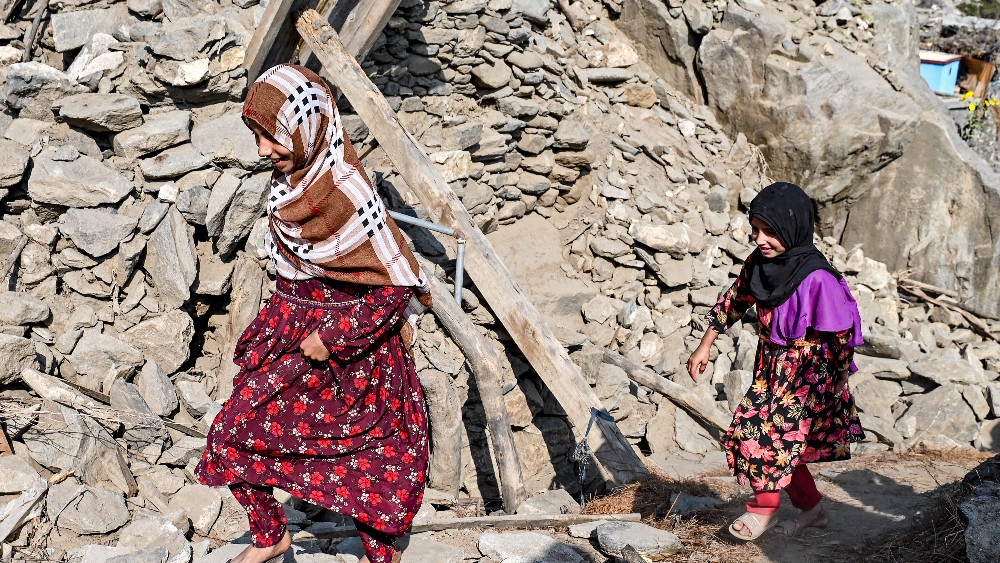Taj Mahal: Hindu nationalist revisionism reshapes India’s monuments and memory

The Taj Mahal
ISLAMABAD: In late October 2025, Indian audiences watched a Bollywood hero demand a DNA test of the Taj Mahal. In “The Taj Story”, the protagonist claims the 17th-century mausoleum was originally a Hindu temple ‘stolen’ by Muslim rulers.
The Archaeological Survey of India (ASI) has repeatedly rejected this theory, and centuries of historical and architectural records credit Mughal emperor Shah Jahan with commissioning the monument for his wife Mumtaz Mahal.
Yet in Narendra Modi’s India, history is increasingly subject to reinterpretation. When cinema becomes a vehicle for myth presented as fact, and when millions absorb propaganda as entertainment, it amounts to a systematic reframing of Muslim contributions to the subcontinent, and of the identities of the 200 million Muslims who live in India today.
India’s ruling Bharatiya Janata Party (BJP) and its ideological parent, the Rashtriya Swayamsevak Sangh (RSS), have refined a strategy of cultural revision: rewrite textbooks, challenge monument origins, recast Mughal history as occupation, demolish mosques and build temples in their place, and enlist Bollywood as a mass-scale amplifier.
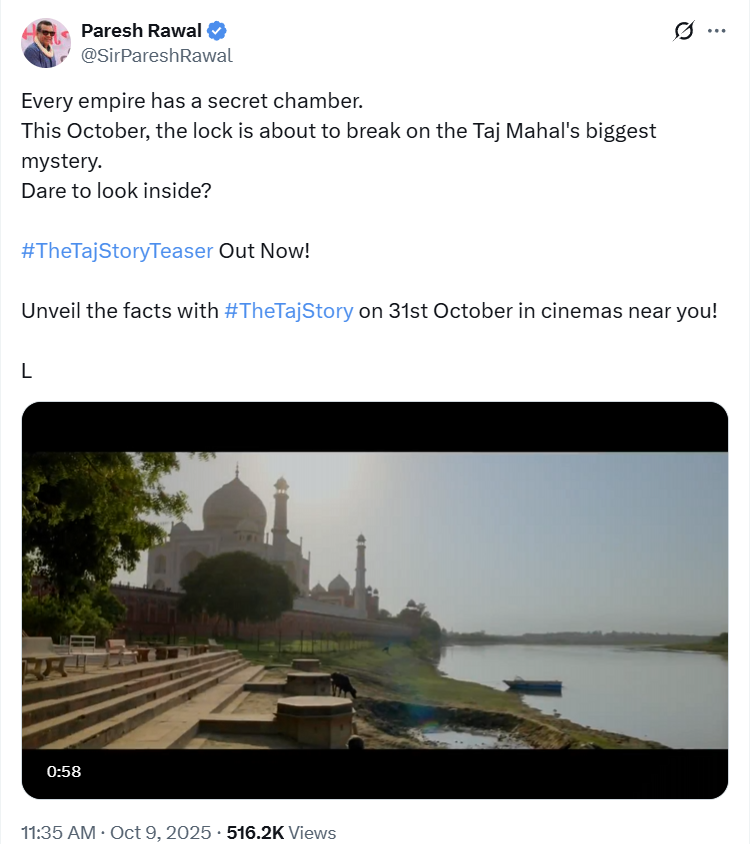
The temple that never was
The claim that the Taj Mahal was once a Shiva temple, “Tejo Mahalaya,” originated with P.N. Oak’s 1965 book. Historians and the ASI have long dismissed the idea.
In 2022, India’s Supreme Court rejected a petition to open 22 sealed Taj Mahal rooms to search for Hindu idols, calling the request “publicity interest litigation.” The ASI has stated that the rooms are simple maintenance spaces.
Even within India, voices are raising eyebrows over this narrative.
Before the film even premiered, many were quick to label it as propaganda.
I think this story is pure propaganda,” one Indian X user bluntly put it.

Some went further, openly hoping for the movie to flop "badly”.

One particularly sharp-witted user quipped, “Nothing says trusted research like watching a movie [and] rewriting history! 22 mystery chambers, divine murtis, courtroom ‘eyewitnesses’—all checked.
Next up: history books sold at the popcorn stand. Taj Mahal facts brought to you by Bollywood, not archaeologists.”
.png)
And it wasn’t just the narrative itself that irked people. The main actor's shifting stance didn’t go unnoticed. A post unearthed an from October 2017 from Paresh Rawal, where he had stated, “Taj Mahal—Symbol of Love becomes the symbol of Hate!!! Stupid [and] unnecessary [and] sad [and] pathetic controversy.”
As the user wryly noted, it looks like Mr. Rawal may have had a "change of heart"… or perhaps a change of narrative.
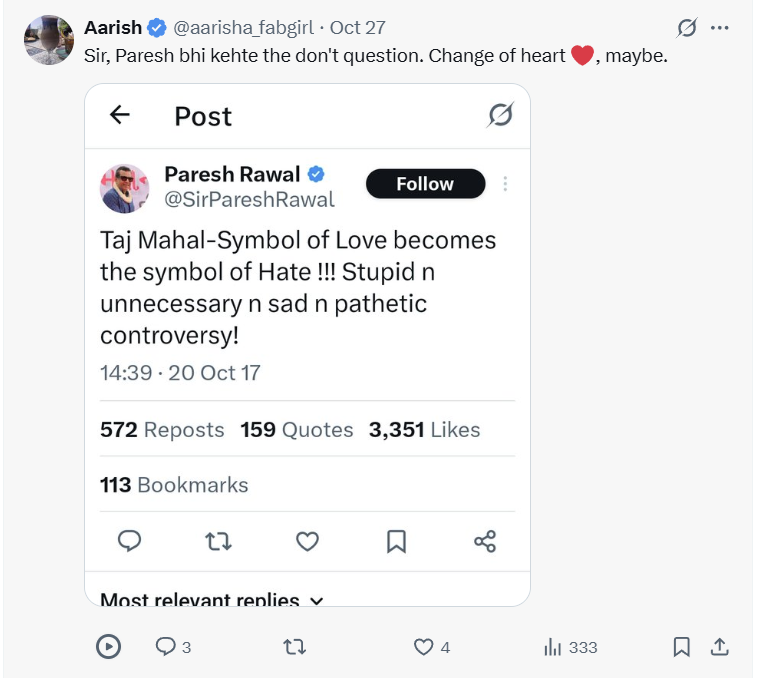
When myth shapes law
The Taj debate evokes an earlier, far more consequential case: the Babri Mosque in Ayodhya. Hindu nationalist groups spent decades claiming the 16th-century mosque stood atop the birthplace of the Hindu deity Ram. In December 1992, tens of thousands demolished the mosque. The violence and riots killed thousands.
After a 17-year inquiry, the Liberhan Commission named BJP and RSS leaders “responsible” for the demolition. But in 2019, the Supreme Court, while declaring the mosque’s destruction illegal, awarded the land to a Hindu trust. In January 2024, Modi inaugurated a new temple on the site in a nationally televised ceremony.
The message many took from the sequence was clear: demolish first, wait, then receive recognition.
Rewriting identity in classrooms
The historical revision extends to classrooms. School textbooks have been reworked to minimize the cultural, architectural, and scientific contributions of Muslim dynasties, particularly the Mughals, who shaped Indian identity for centuries. Mughal emperors are increasingly framed as “foreign occupiers” rather than rulers whose legacy is interwoven with Indian music, language, art, and city-building.
Curriculum is not neutral. What children learn determines who they believe belongs.
The politics behind the rewrite
Proponents of these changes argue they are restoring “authentic Hindu history” suppressed by earlier scholars and Muslim rule. But the effect is to cast Indian Muslims as historical outsiders in their own country.
If the Taj Mahal, a globally recognized symbol of India, is reframed as “originally Hindu,” then Muslim claims to Indian cultural heritage are weakened. If mosques are reclassified as former temples, then every mosque becomes contested.
Pluralism erodes quietly, long before violence erupts, through shifts in who is considered rightful.
What is at stake
The Taj Mahal itself will not change. Marble does not respond to political pressure. But the idea of India that built the Taj, a state where Hindu, Muslim, Sikh and other communities participated together in shared cultural production, may not survive if historical narrative becomes a tool of exclusion.
The transformation unfolding is not simply about monuments or textbooks. It is about defining who belongs in the world’s largest democracy. When a nation with 1.4 billion people and one of the world’s largest Muslim populations reorders its history around a singular religious identity, the implications are global.
Cinema scenes can become political reality. A fictional demand for a monument’s DNA test reflects a deeper shift: the attempt to rewrite not just history, but citizenship itself.
Latest News
Tell Me Why: Nations are ditching dollar for gold
AN HOUR AGO
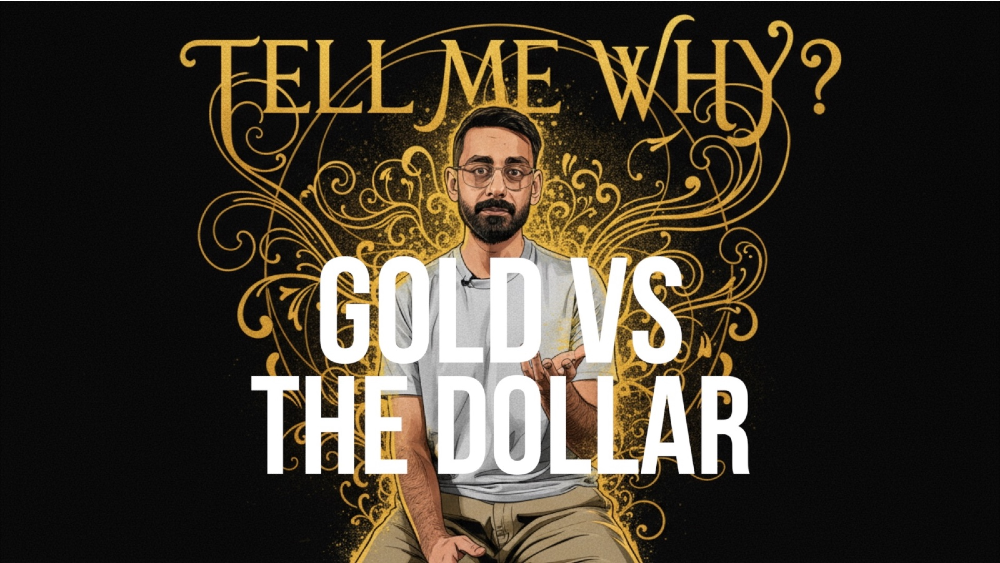
Trump says feels 'badly' for UK royal family over Andrew-Epstein saga
AN HOUR AGO
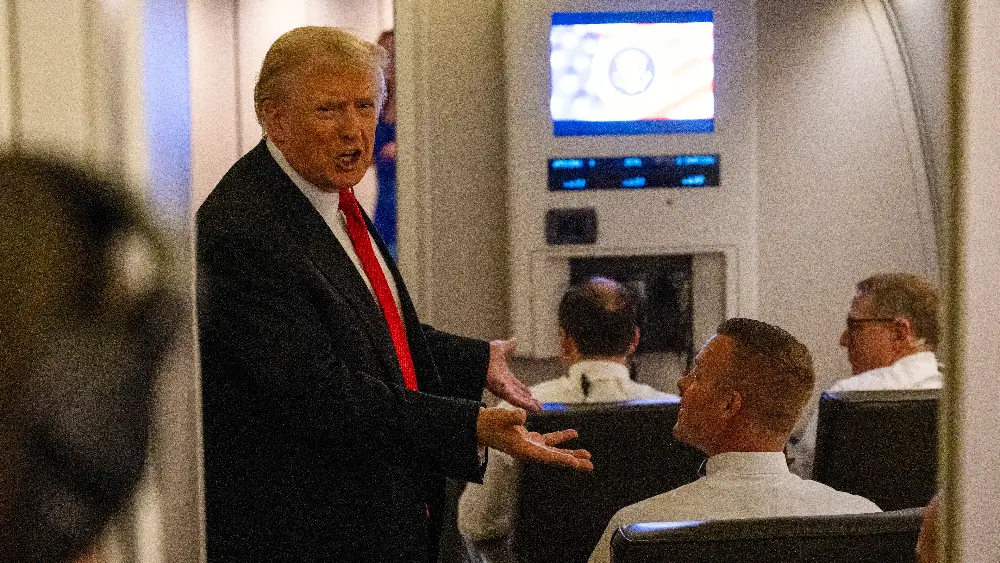
First Hangor-class submarines to enter service in 2026: Pakistan Navy chief
2 HOURS AGO

‘Not too late to reverse course’, Iran FM tells US President Trump
3 HOURS AGO
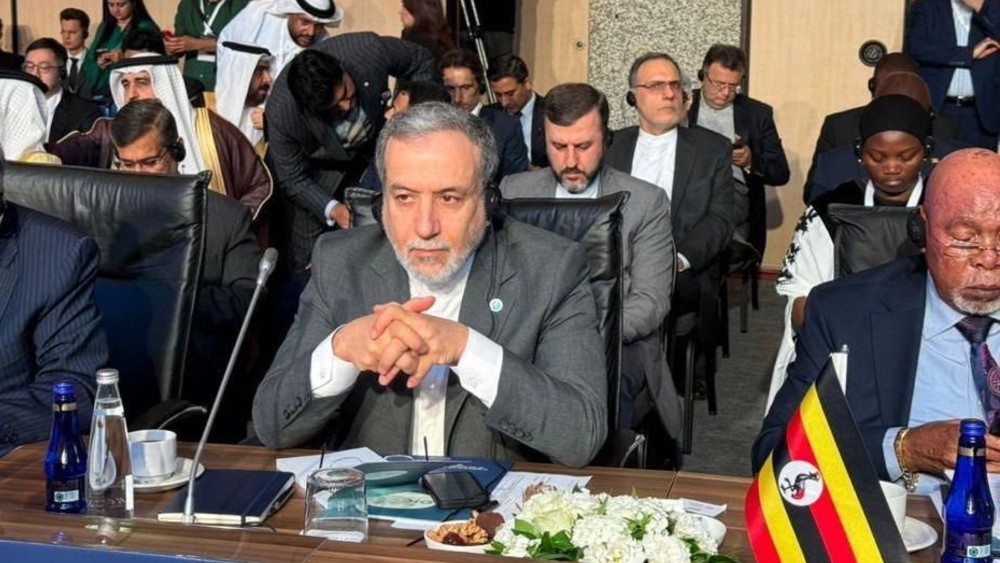
Afghanistan quake kills at least 20 people, injures over 300: health ministry
6 HOURS AGO
